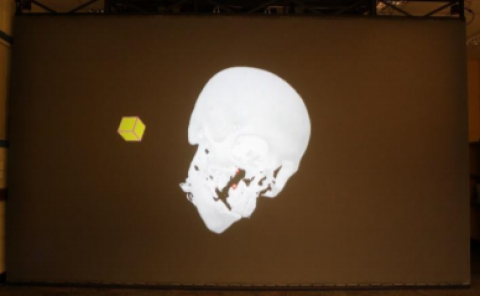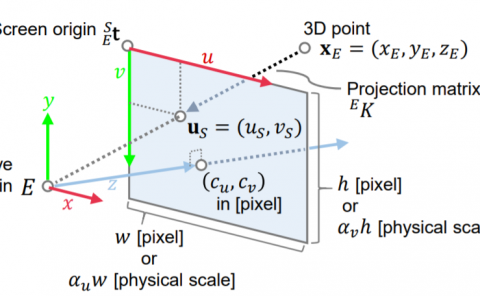NeRF: Neural Radiance Field in 3D Vision: A Comprehensive Review
PubDate: June 2025
Teams:University of California San Diego,University of Colorado Denver,Guangdong University of Technology,University of Nebraska–Lincoln
Writers:Kyle Gao, Yina Gao, Hongjie He, Dening Lu, Linlin Xu, Jonathan Li
PDF:NeRF: Neural Radiance Field in 3D Vision: A Comprehensive Review
Abstract
In March 2020, Neural Radiance Field (NeRF) revolutionized Computer Vision, allowing for implicit, neural network-based scene representation and novel view synthesis. NeRF models have found diverse applications in robotics, urban mapping, autonomous navigation, virtual reality/augmented reality, and more. In August 2023, Gaussian Splatting, a direct competitor to the NeRF-based framework, was proposed, gaining tremendous momentum and overtaking NeRF-based research in terms of interest as the dominant framework for novel view synthesis. We present a comprehensive survey of NeRF papers from the past five years (2020-2025). These include papers from the pre-Gaussian Splatting era, where NeRF dominated the field for novel view synthesis and 3D implicit and hybrid representation neural field learning. We also include works from the post-Gaussian Splatting era where NeRF and implicit/hybrid neural fields found more niche applications.
Our survey is organized into architecture and application-based taxonomies in the pre-Gaussian Splatting era, as well as a categorization of active research areas for NeRF, neural field, and implicit/hybrid neural representation methods. We provide an introduction to the theory of NeRF and its training via differentiable volume rendering. We also present a benchmark comparison of the performance and speed of classical NeRF, implicit and hybrid neural representation, and neural field models, and an overview of key datasets.


